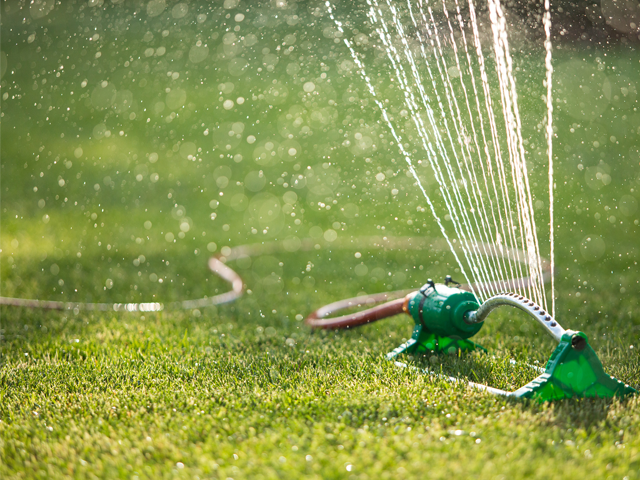Caring for your lawn in autumn
14 Mar 2018

According to the calendar, March, April and May are our autumn months. But, as we all know, temperature, climate and daylight hours are what really determine the season. Autumn temperatures can range from 7 - 21 degrees Celsius, daylight hours average about 13 in March down to 10 in May. When this starts to happen, it’s a key time for your lawn. The conditions are what a lawn likes best and it’s your last chance to get it in shape before winter so concentrate on feeding, weeding, pest control, patching and thickening the lawn.
Land, lawns and gardens - get the essentials on maintaining a great lifestyle block. Download your free guide now.
In Southern or inland areas, frosts and colder soil temperatures can send the lawn rapidly into hibernation so its important to get your lawn at its healthiest before the deep cold sets in.
Feeding
Apply fertiliser to maximise growth before winter. In the cooler Canterbury climate for example, you’ll need a product that’s reasonably fast acting. A liquid is even better as it gets quickly into the grass really quickly and you’ll start to see growth within days.
For new lawns, rake it into the top 2cm of soil just prior to sowing. Choose the right fertilizer (some are too potent and burn the young grass) and apply at the recommended rate. After it’s established enough to have had a three or four mows, apply another light amount.
Weeding and pest control
At the same time, or perhaps just beforehand, look to kill off weeds so the grass has a chance to grow over and fill the gaps before winter. Lush, thick grass helps prevent weeds from growing as there just isn’t anywhere for them to take hold. As always with weeding though, prevention is better than the cure. Try your best to sort out weeds before they seed and spread over the lawn. Spraying is an option, but if you don’t want to risk damaging the grass, manually removing the weed is best done after rain or watering when the soil is looser and you can pluck out the whole root.
Moss turns up in lawns that are shady, poorly drained or poorly fed. Spray a moss killer in autumn and try to improve the conditions so it doesn’t grow back.
Dethatchers are a great way to clear out moss and build up of dead grass/thatch in your lawn so that it can absorb maximum light and nutrients before winter. Ryan makes a great range of dethatching and lawn care machinery, you can check these out here.
Another lawn pest is fungal disease. These can be hard to spot on your lawn but if you see regular dead patches, sometimes accompanied by a cobweb-like effect, this is likely the cause. It may ease off as the weather cools down but rather than take the risk of it reoccurring in spring and summer, treat it now.
Patching and thickening
Because it’s a good time for growth, autumn is ideal to establish new lawn if parts of yours are dead and patchy or in need of a total overhaul. To prepare the ground for over-seeding, mow it short then give it a rake over to get rid of any thatch.
Watering
Water thoroughly as needed in April and May. In March do it every couple of days to help encourage that growth.
Aerating
To help during this prime lawn growth time, aerate the soil. This reduces compaction and improves water and oxygen supply and absorption. You can hire a special machine or just punch holes in the ground with your gardening fork.
Mow often
- For a thick weed free lawn, frequent light mowing is best; once a week or even every five days to remove about a third of the growth. Once we reach May and much cooler temps, only mow as required.
- Have the mower blades lower than you do in summer; the grass is thicker and stronger so it can take it.
- Reduce mowing frequency once growth slows down in winter.
- Ensure the blades are sharp.
- Avoid mowing when the lawn is wet and definitely don’t do it if it has frost on it.
For more handy lawn and garden tips, download our free maintenance guide.